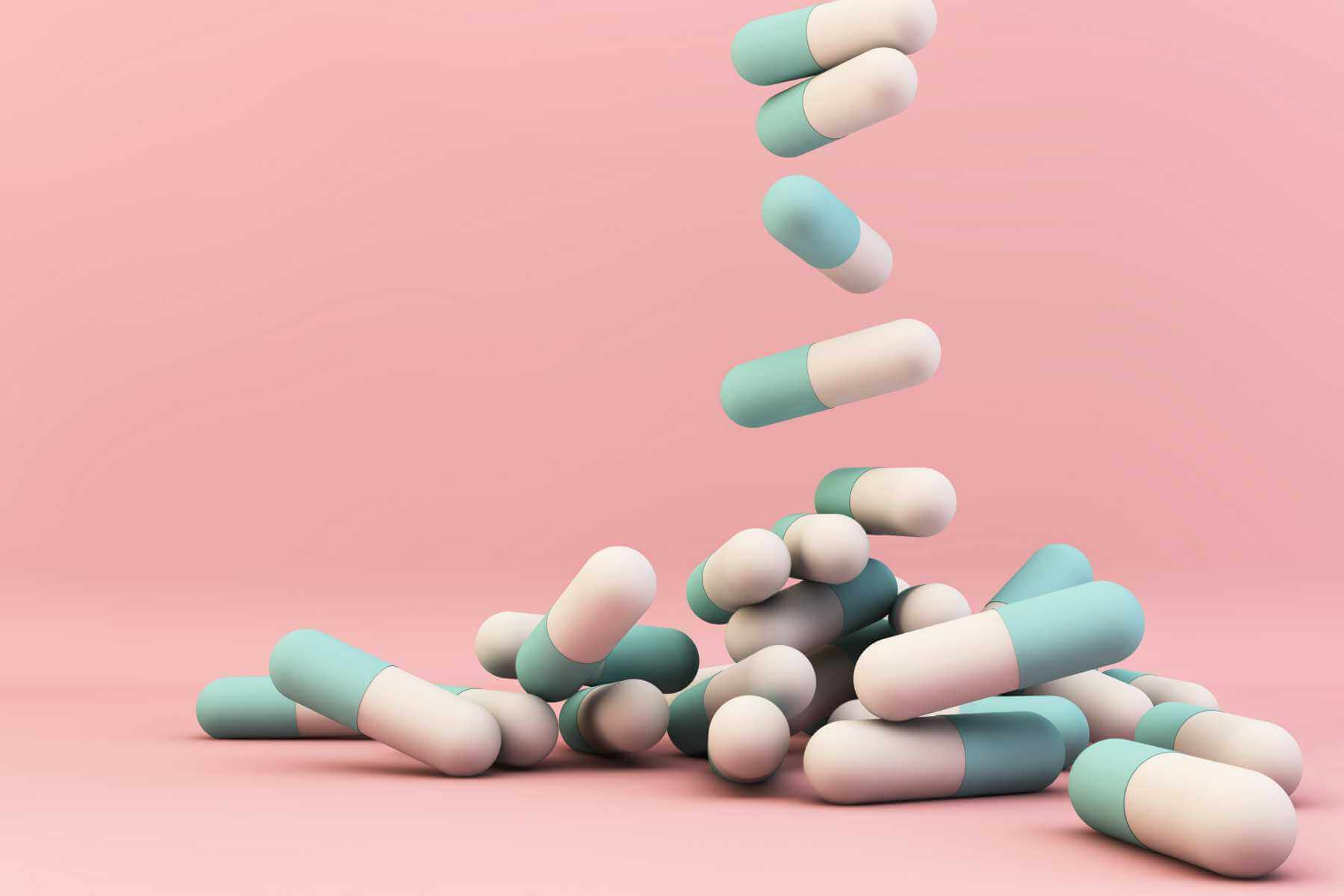Opium has been used for centuries for pain relief. In fact, it’s referenced as early as 3400 BC by the Sumerians in lower Mesopotamia, which would be southwest Asia today. The Sumerians called it the joy plant, passed it along to the Assyrians, who then gave this knowledge to the Egyptians. Of course, these people didn’t understand why the milky latex from the plant’s flower pods worked to relieve pain and induce sleep. In fact, it remained a mystery until about 1973, when proof of opioid receptors in the brain was first documented. Today, there are major concerns about the side effects of both short and long-term opioid use, and some of these concerns are justified. But, what does science have to offer as an alternative to opioids? What is the strongest non-opioid medication?
Both natural and semi-synthetic opiates and opioids are prepared from one of the numerous alkaloid compounds found in the opium poppy commonly known as Papaver somniferum. Poppies are hardy plants, easy to grow and maintain. After the plant’s flower petals fall, a large pod is left behind. This pod grows in size from anywhere from the size of a marble to a tennis ball, depending on the exact strain. A special knife is used to score the pod just enough to allow the milky white sap to exude. After a number of hours in the sun, the white sap, called latex, turns brown and is then scraped off and collected. Ancient peoples consumed the brown resin without understanding why it worked. In about 1803, a German chemist first isolated morphine from opium, naming it morphine after the Greek god of dreams, Morpheus. In 1898, another German chemist created heroin by heating morphine with acetic anhydride. As the 20th century advanced, a large number of other opioids, such as oxycodone, hydrocodone, fentanyl, meperidine, methadone and buprenorphine were created.
Opioids work to quickly and reliably relieve even the most horrific kinds of pain. Morphine has saved many lives on battlefields by preventing death from the shock of intense pain. However, opioids are also highly addictive, so much so that young men returning from the Civil War often had what was called “soldier’s disease,” which was actually morphine addiction, although that concept was poorly understood at the time.
Alternatives to Opioids
There is no way to state which non-opioid medication is the strongest because everyone is different. It also depends on the cause of the pain. For example, prednisone, a steroid, is not a painkiller, but it is an anti-inflammatory. If the cause of the pain is from inflammation, then prednisone may work to relieve it. Other front-line non-opioid painkillers include the NSAID family. NSAID stands for non-steroidal anti-inflammatory drug. Typical examples include:
- Ibuprofen
- Ketoprofen
- Naproxen
- Aspirin
- Indomethacin
- Celecoxib
Sometimes, these drugs work well for pain. However, opioids remain the gold standard for reliable pain relief overall. In spite of the risks, sometimes only opioids will relieve pain and restore quality of life, especially for cancer patients and others with intractable painful conditions.
What is Ketamine?
Very recently, an older drug named ketamine has received a lot of attention in the chronic pain treatment field. It’s also an effective antidepressant and may relieve this condition when other medications have failed. Ketamine appears to work by re-wiring the brain, interrupting the cycle of pain or depression and restoring more normal brain function.
Ketamine was discovered in the mid-1950s and is classified as a dissociative anesthetic. It produces anesthesia and is often used for veterinary surgeries. Ketamine is a controlled substance but is not an opioid. The drug has a fairly high abuse potential and is known as Special K among abusers. It has a number of side effects, including hallucinations and bladder damage. However, when used under medical supervision, the drug appears to hold some promise for the treatment of chronic pain. The FDA recently approved a nasal inhaler form of the drug to be administered under direct medical supervision. Some people have claimed to obtain relief from both chronic pain and depression, but concerns about side effects and cost of treatment remain. Patients may be left with side effects like crying, screaming, vividly terrifying dreams and a restless anxiety.
For More Information
If you’d like to know more about non-opioid medications, you can call us anytime at 855-936-4435. We’re trained, professional drug counselors able to answer all your questions about any kind of substance abuse topic. We’re here to help, and we look forward to your call.










